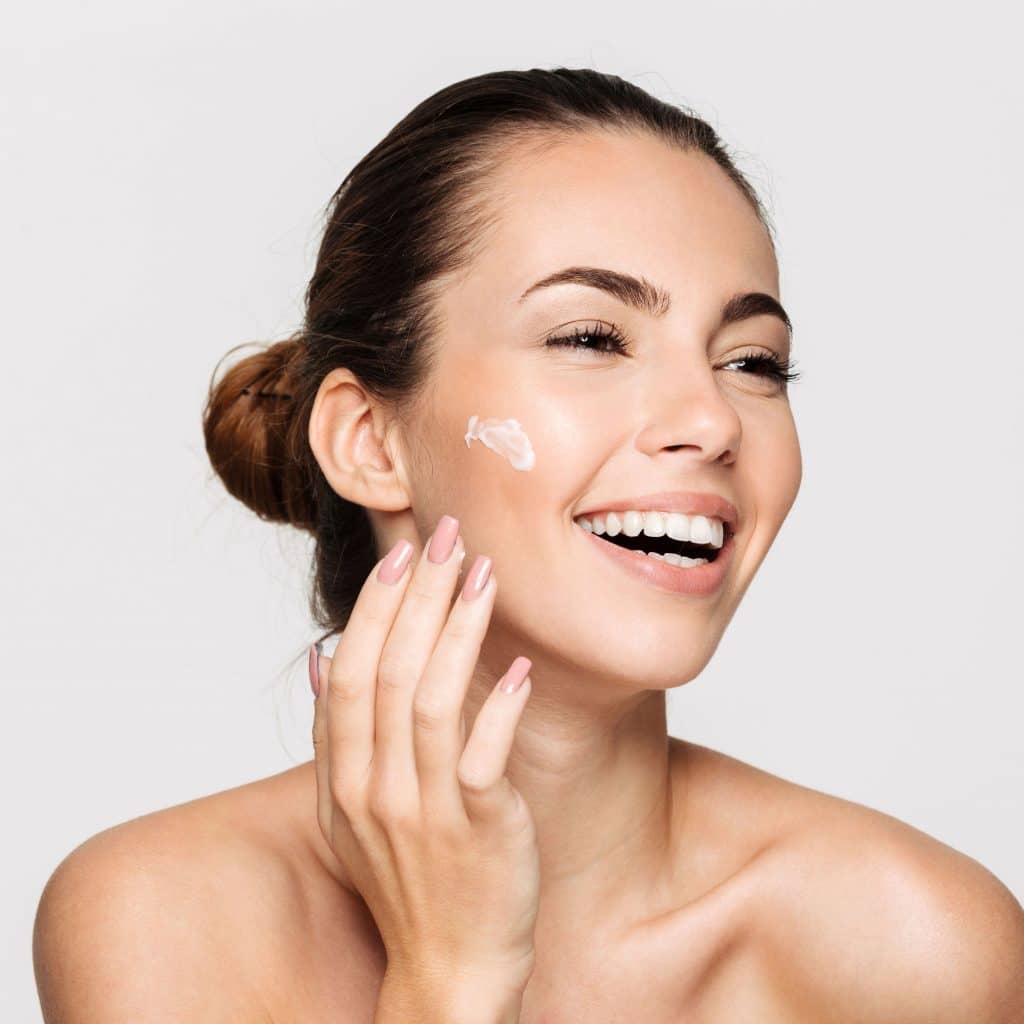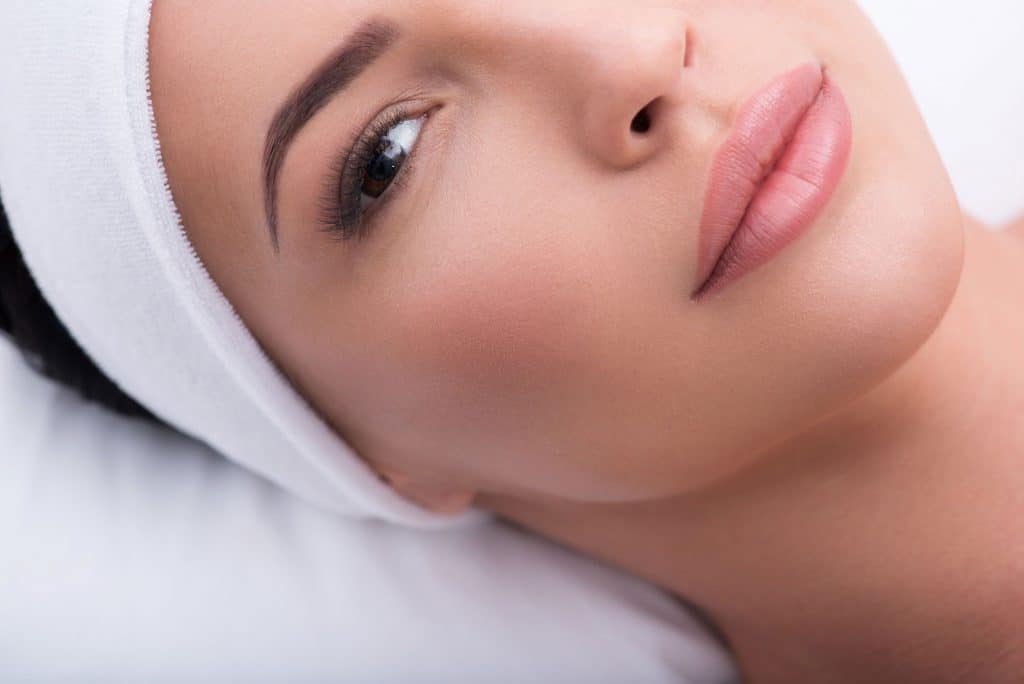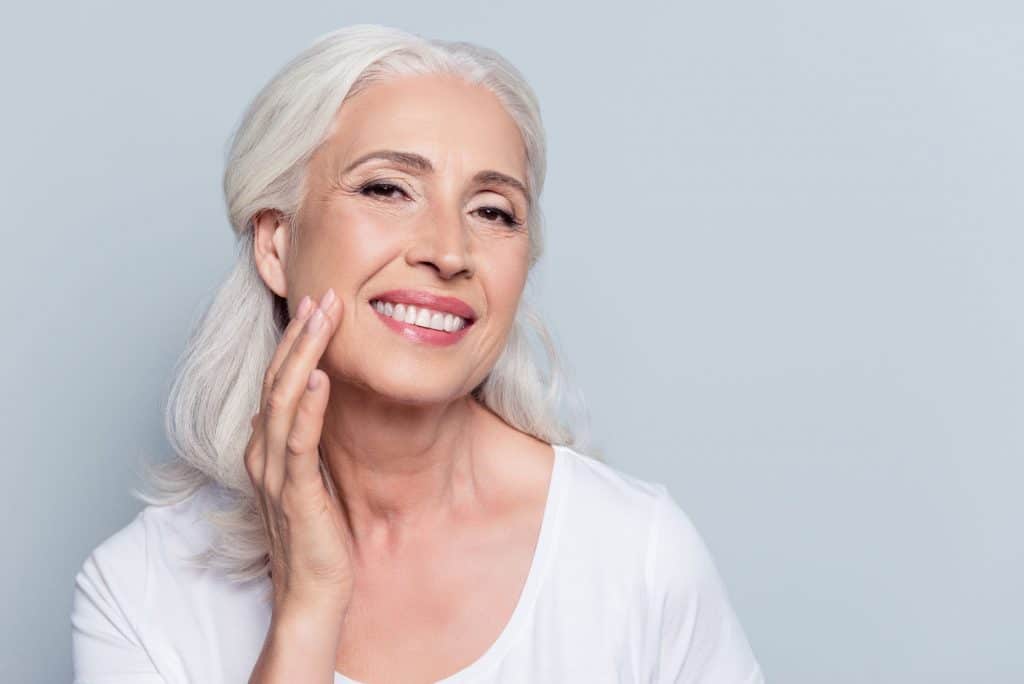A LITTLE MORE INFORMATION
Mesopeel Treatment
What is a mesopeel treatment?
A mesopeel is a pharmaceutical grade chemical peel. A chemical peel is a dermo-cosmetic procedure that consists of provoking accelerated skin regeneration in a controlled manner through application of chemoexfoliation agents that are used to act on different layers of the skin.
What are the benefits of this?
The peeling action causes the elimination of the external layers of the skin with the objective of stimulating collagen, elastin and glycosaminoglycan production, thus enhancing its physiological and mechanical characteristics.
Objectives;
- Purify and oxygenate the skin, leaving it moisturised and free of impurities.
- Close open pores, improve the texture of the skin and increase thickness of the epidermis.
- Address the effects of skin aging, softening wrinkles and adding turgidity.
- Unify skin tone, add luminosity and smooth cutaneous imperfections.
- Lighten and attenuate pigmented lesions, providing a depigmenting effect.
- Reduce the manifestations of acne and improve the appearance of scars.
Do different peels work deeper than others?
Yes, chemical peels can be classified into four levels, depending on its depth of action, which in turn correlates with the nature and intensity of the lesions to treat.
Highly Superficial (Superficial Stratum Corneum) – Increases uniformity of skin tone for a more luminous appearance.
Superficial (epidermal to basal layer) – Stimulates epidermal growth by removing the stratum corneum. This causes skin to flake in a similar way to that occurring after excessive exposure to the sun.
Medium (papillary dermis) – Medium peels affect the papillary dermis, causing significant flaking by inducing superficial dermal inflammation. It completely removes the epidermis, which then renews until fully regenerated. Medical Only.
Deep (reticular dermis) – Deep chemoexfoliation leads to an inflammatory reaction of the reticular dermis, inducing collagen and elastin fibre reconstruction. Advanced Medical I.e. Dermatologist.
What makes some go deeper into the skin than others?
Chemical peels reach distinctive depths depending of different factors such as skin typology (history, thickness, integrity of the epidermal barrier), type, concentration and PH level of the substance used and the skin preparation and application techniques used in performing the treatment.
Can peels be used on all skin types and phototypes?
No. Peels are selected on the basis of the nature of the cases to treat, as well as patient’s individual characteristics, especially the phototypes. Low phototypes present less risk of suffering PIH (Post Inflammatory Hyperpigmentation’s). You should always determine the advisability of performing chemoexfoliation on high phototypes (type 5 and 6) patients.
Can these treatments be performed on the body?
Mesopeel ensures unbeatable, progressive results for both facial and body treatments.
What different peels are available?
We offer a wide range of AHA, BHA and combined acid peels ranging from practitioner up to medical level, each suiting different varieties of skin concerns.
Can the peels be combined?
Yes, more than one peel can be performed in the same session to achieve maximum and deeper results. The peels however should be removed and neutralised between each application.
How many sessions are recommended?
This does generally depend on the peel being used. A lot of our medical peels the TCA in particular, should only be performed once every twice a year. However, our highly superficial, superficial and medium strength peels are generally able to be performed in sessions of six treatments, with two weeks between each treatment.
Is there are recommended homecare to prepare the skin prior to a peel?
The Brightening peel booster or the Resurfacing peel booster is recommended to be applied nightly to the skin 15 days prior to a skin peel to prepare the skin.
Is there any specific aftercare that should be followed?
The client should be using mesoestetic hydra milk cleanser, hydratonic, fast skin repair, hydra-vital factor k and moisturising sun protection SPF 50+. This is all available as a pack called the post-peel pack which is recommended for use following any of our peel treatments. Using the products will reduce irritation, peeling and chances of having any adverse reactions.
Is it recommended to continue peels as a maintenance treatment following your recommended sessions?
Regular maintenance peels, several times a year, sustain the skin’s healthy appearance, improving texture and providing a preventative, anti-aging effect. Peel frequency is dependent on the type of peel being performed, a session can be repeated generally up to four times a year to maintain results. Some of our medical peels however should not be performed more than twice a year maximum.
Can peel treatments be combined with other treatments?
As well as being a highly efficient treatment for skin aging, acne and pigmented lesions, mesopeel is an ideal tool for optimising other medical aesthetic procedures such as; mesotherapy, botulinum toxin, radiofrequency, micro needling and electroporation among others.











